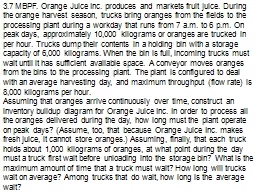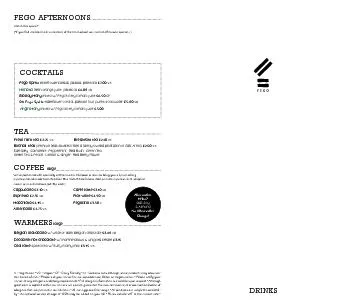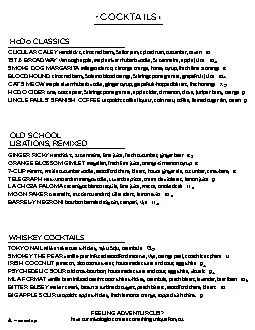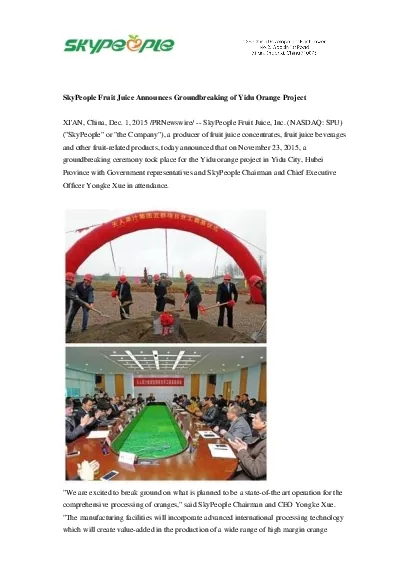PPT-3.7 MBPF. Orange Juice Inc. produces and markets fruit juic
Author : calandra-battersby | Published Date : 2015-09-25
Assuming that oranges arrive continuously over time construct an inventory buildup diagram for Orange Juice Inc In order to process all the oranges delivered during
Presentation Embed Code
Download Presentation
Download Presentation The PPT/PDF document "3.7 MBPF. Orange Juice Inc. produces and..." is the property of its rightful owner. Permission is granted to download and print the materials on this website for personal, non-commercial use only, and to display it on your personal computer provided you do not modify the materials and that you retain all copyright notices contained in the materials. By downloading content from our website, you accept the terms of this agreement.
3.7 MBPF. Orange Juice Inc. produces and markets fruit juic: Transcript
Download Rules Of Document
"3.7 MBPF. Orange Juice Inc. produces and markets fruit juic"The content belongs to its owner. You may download and print it for personal use, without modification, and keep all copyright notices. By downloading, you agree to these terms.
Related Documents














